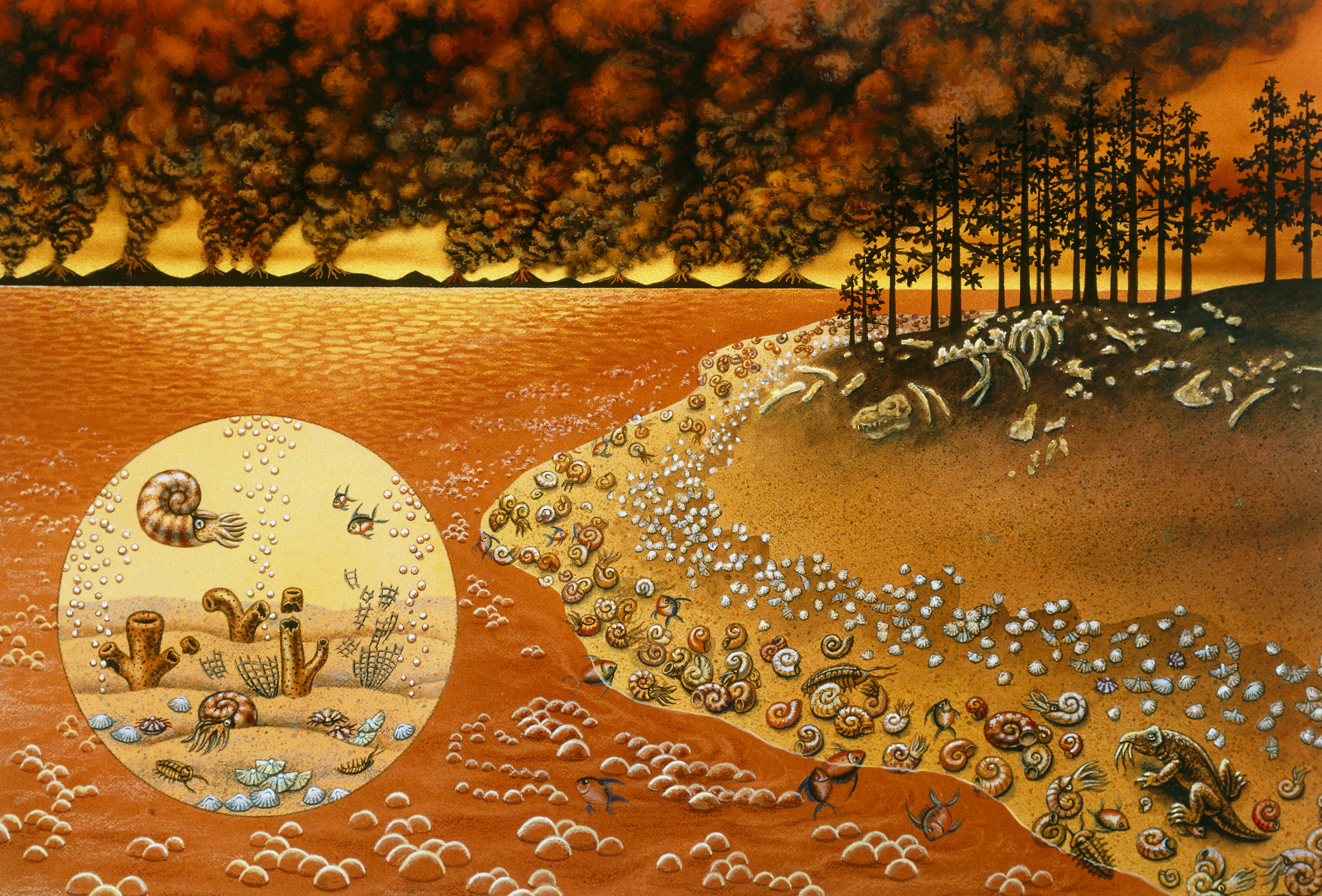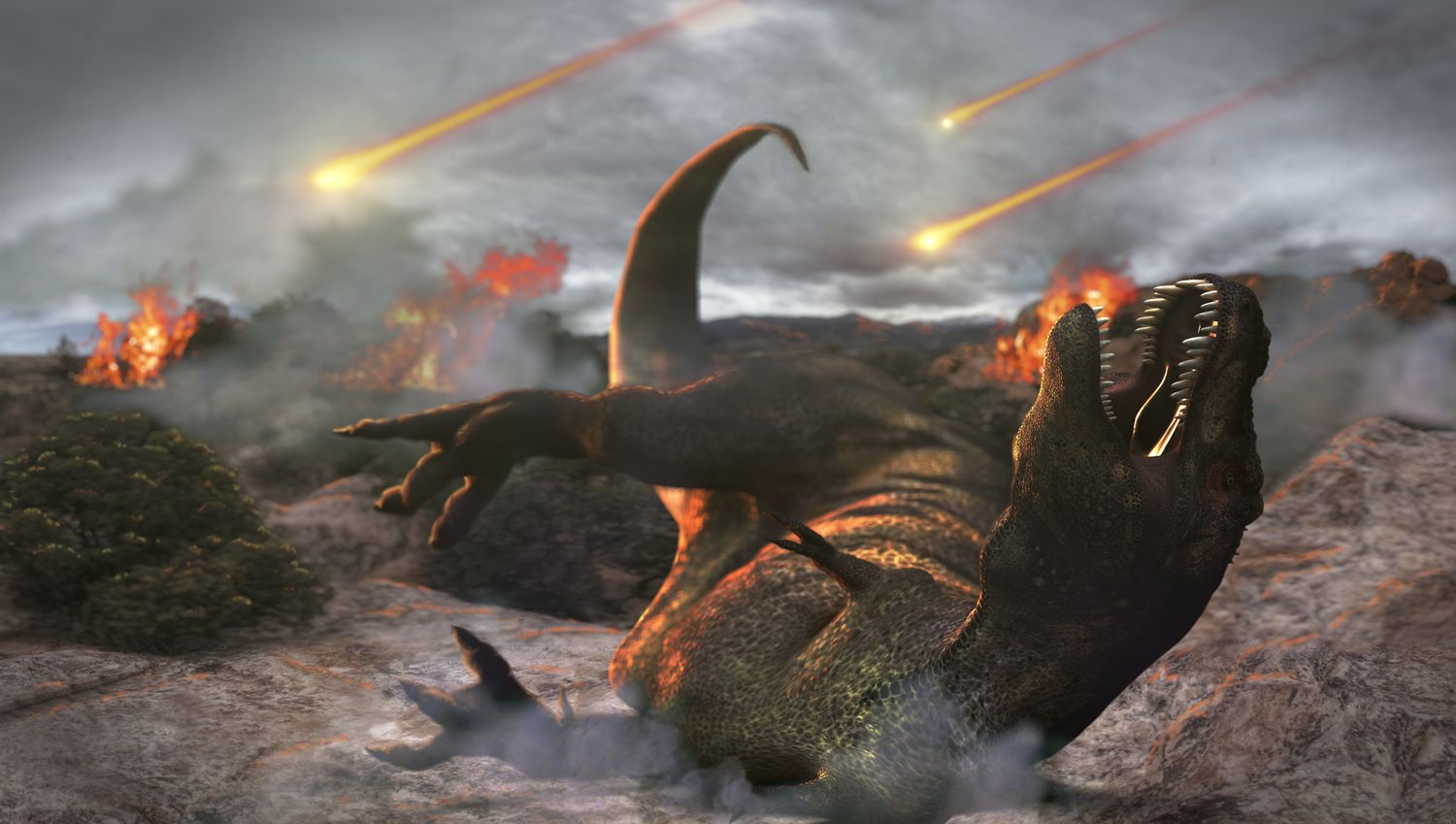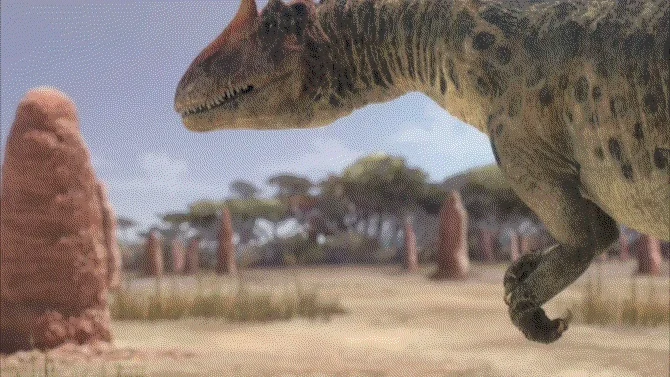Jed Quiaoit
Samantha Himegarner
Jed Quiaoit
Samantha Himegarner
Skills you’ll gain in this topic:
- Explain how extinction events affect the diversity and evolution of species.
- Describe how mass extinctions create opportunities for new species to evolve.
- Analyze factors that lead to extinction, such as environmental changes and competition.
- Predict how ecosystems adapt and recover following extinction events.
- Relate extinction to the concept of natural selection and species survival.
Understanding the Role of Extinction in Evolution
Extinctions have occurred throughout Earth's history, and have been caused by a variety of factors including natural disasters, changes in climate, and human activities. These extinctions have had a significant impact on the diversity of life on Earth, as they have led to the loss of many species, and have created opportunities for new forms of life to evolve.
The History of Extinctions
One of the most significant extinction events in Earth's history is the Permian-Triassic extinction event, also known as the "Great Dying," which occurred about 252 million years ago. This event is believed to have been caused by a combination of factors, including massive volcanic eruptions, changes in ocean chemistry, and a dramatic shift in climate. It is estimated that over 90% of all species on Earth were wiped out as a result of this event. ⚰️

Source: NPR
Another significant extinction event is the Cretaceous-Paleogene extinction event, which occurred about 66 million years ago. This event is widely believed to have been caused by the impact of a massive asteroid, which led to a global firestorm, tsunamis, and a "nuclear winter" effect, resulting in the extinction of dinosaurs and many other species.

Source: ThoughtCo
In addition to these mass extinction events, there have been many other extinctions that have occurred throughout Earth's history. Some of these have been caused by natural factors such as changes in climate, volcanic eruptions, and sea level changes. Others have been caused by human activities, such as habitat destruction, pollution, and over-exploitation of resources.
In addition, extinction is an ongoing process and it continues today! Many species are currently facing the threat of extinction due to human activities, such as deforestation, pollution, and climate change. The loss of biodiversity can have serious consequences for the planet and for human society, as the ecosystem services provided by biodiversity are crucial for human survival. 😔
Ecological Stress
Extinction rates can be rapid during times of ecological stress, as environmental changes can cause many species to be unable to adapt and survive. Ecological stress can be caused by a variety of factors such as changes in climate, human activities, pollution, and over-exploitation of resources. These changes can cause habitats to be destroyed, and resources to become scarce, making it difficult for many species to survive. When ecological stress is severe, the rate of extinction can be much higher than during times of stability, leading to the loss of many species in a short period of time. 🦖

Image courtesy of Giphy.
Rate of Speciation vs. Extinction
The amount of diversity in an ecosystem can be determined by the rate of speciation and the rate of extinction. A high rate of speciation, where new species are evolving, will increase the amount of diversity in an ecosystem. However, if the rate of extinction is also high, the net effect on diversity may be neutral or even negative, as the number of species lost may outweigh the number of new species that have evolved. Therefore, it is important to consider both speciation and extinction rates when assessing the diversity of an ecosystem! ♻️
The concept of extinction seems to be scary, but it doesn’t have to be! Sure, in cases of extinction caused by human activity (such as the example above), extinction is most definitely not ideal. Besides, there’s a lot of legislation preventing extinction of species whose numbers have been dwindling for years.
New Niches?
Extinction is part of nature and exists as its own cycle. When a species goes extinct, even if just in one area or ecosystem, it opens a niche for another species to be able to take over. Think about how different our ecosystems would have looked if the dinosaurs were still on top of the food chain! 🍲
What's a niche, you say?
A niche is a specific role or function that a species performs within an ecosystem. When a species goes extinct, its niche becomes available, and other species may be able to evolve and adapt to fill that niche. This process is known as adaptive radiation, where a lineage diversifies into many new forms as it adapts to different habitats and ecological niches. This can happen when new habitats become available or when a mass extinction event opens up new ecological niches. During these times, the rate of speciation can be much higher than during times of stasis, as new forms evolve to fill the available niches.
Check out the AP Bio Unit 7 Replays or watch the 2021 Unit 7 Cram
<< Hide Menu
Jed Quiaoit
Samantha Himegarner
Jed Quiaoit
Samantha Himegarner
Skills you’ll gain in this topic:
- Explain how extinction events affect the diversity and evolution of species.
- Describe how mass extinctions create opportunities for new species to evolve.
- Analyze factors that lead to extinction, such as environmental changes and competition.
- Predict how ecosystems adapt and recover following extinction events.
- Relate extinction to the concept of natural selection and species survival.
Understanding the Role of Extinction in Evolution
Extinctions have occurred throughout Earth's history, and have been caused by a variety of factors including natural disasters, changes in climate, and human activities. These extinctions have had a significant impact on the diversity of life on Earth, as they have led to the loss of many species, and have created opportunities for new forms of life to evolve.
The History of Extinctions
One of the most significant extinction events in Earth's history is the Permian-Triassic extinction event, also known as the "Great Dying," which occurred about 252 million years ago. This event is believed to have been caused by a combination of factors, including massive volcanic eruptions, changes in ocean chemistry, and a dramatic shift in climate. It is estimated that over 90% of all species on Earth were wiped out as a result of this event. ⚰️

Source: NPR
Another significant extinction event is the Cretaceous-Paleogene extinction event, which occurred about 66 million years ago. This event is widely believed to have been caused by the impact of a massive asteroid, which led to a global firestorm, tsunamis, and a "nuclear winter" effect, resulting in the extinction of dinosaurs and many other species.

Source: ThoughtCo
In addition to these mass extinction events, there have been many other extinctions that have occurred throughout Earth's history. Some of these have been caused by natural factors such as changes in climate, volcanic eruptions, and sea level changes. Others have been caused by human activities, such as habitat destruction, pollution, and over-exploitation of resources.
In addition, extinction is an ongoing process and it continues today! Many species are currently facing the threat of extinction due to human activities, such as deforestation, pollution, and climate change. The loss of biodiversity can have serious consequences for the planet and for human society, as the ecosystem services provided by biodiversity are crucial for human survival. 😔
Ecological Stress
Extinction rates can be rapid during times of ecological stress, as environmental changes can cause many species to be unable to adapt and survive. Ecological stress can be caused by a variety of factors such as changes in climate, human activities, pollution, and over-exploitation of resources. These changes can cause habitats to be destroyed, and resources to become scarce, making it difficult for many species to survive. When ecological stress is severe, the rate of extinction can be much higher than during times of stability, leading to the loss of many species in a short period of time. 🦖

Image courtesy of Giphy.
Rate of Speciation vs. Extinction
The amount of diversity in an ecosystem can be determined by the rate of speciation and the rate of extinction. A high rate of speciation, where new species are evolving, will increase the amount of diversity in an ecosystem. However, if the rate of extinction is also high, the net effect on diversity may be neutral or even negative, as the number of species lost may outweigh the number of new species that have evolved. Therefore, it is important to consider both speciation and extinction rates when assessing the diversity of an ecosystem! ♻️
The concept of extinction seems to be scary, but it doesn’t have to be! Sure, in cases of extinction caused by human activity (such as the example above), extinction is most definitely not ideal. Besides, there’s a lot of legislation preventing extinction of species whose numbers have been dwindling for years.
New Niches?
Extinction is part of nature and exists as its own cycle. When a species goes extinct, even if just in one area or ecosystem, it opens a niche for another species to be able to take over. Think about how different our ecosystems would have looked if the dinosaurs were still on top of the food chain! 🍲
What's a niche, you say?
A niche is a specific role or function that a species performs within an ecosystem. When a species goes extinct, its niche becomes available, and other species may be able to evolve and adapt to fill that niche. This process is known as adaptive radiation, where a lineage diversifies into many new forms as it adapts to different habitats and ecological niches. This can happen when new habitats become available or when a mass extinction event opens up new ecological niches. During these times, the rate of speciation can be much higher than during times of stasis, as new forms evolve to fill the available niches.
Check out the AP Bio Unit 7 Replays or watch the 2021 Unit 7 Cram

© 2025 Fiveable Inc. All rights reserved.